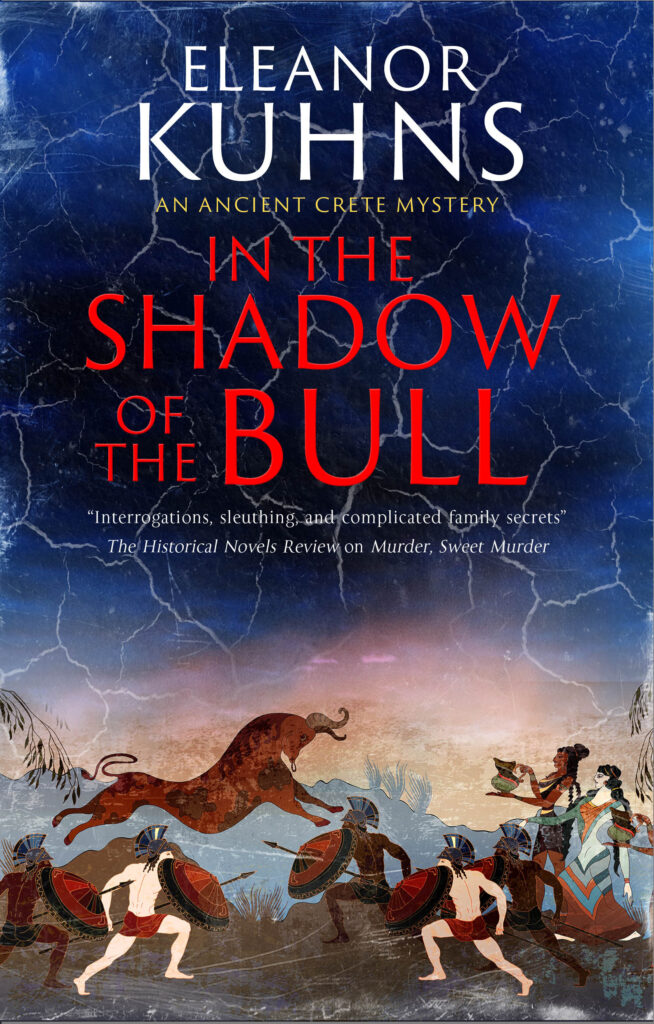
The word labyrinth is from Bronze Age Crete. Labrys refers to the double-headed axe used in religious rituals. It definitely was not a tool. Labyrinth did not refer to a maze. (Perhaps to a place of labors?)
The labyrinth in Knossos was made famous in the Theseus and Minotaur myth. To recap, Athens was required to send fourteen kids (seven girls and seven boys) to Crete to be consumed by the bull-headed monster the Minotaur. The monster is confined to a maze underneath the city so that neither he, nor the tributes, can escape. Theseus, the son of the Athens’ King, is included in one of the tributes. Ariadne, King Minos’ daughter, falls in love with Theseus and gives him a ball of string and a sword. Theseus successfully kills the Minotaur and uses the string to find his, and the other captives, out of the maze.
Was there a maze under Knossos? It is true that Crete is a nation of mountains and caves. Perhaps there was, exactly as the myth describes, and through the years the earthquakes and of course the volcanic explosion of Thera on Santorini has erased it.
Another theory posits that the interlocking rooms of the palace in Knossos, which comprised workshops, storage rooms, meeting rooms as well as apartments, was the original labyrinth.
Current excavations, however, have turned up a floor mosaic of a maze, as well as a fragment of pottery decorated with a maze. So, mazes were important to this society.
This is not unlikely, Mazes have been found in other long ago societies. A maze carved into rock has been found near Tintagel, Cornwall and spirals carved into rock at Newgrange. One author makes the claim that Glastonbury Tor is a maze.
Why Mazes? Were they a metaphor for birth and renewal? A quest to reach the center as a symbol of finding enlightenment? Or did the mazes in Ancient Crete have some religious purpose we don’t yet know?
On thing we can be sure of: a Minotaur did not sit at the center to eat the tributes for Athens.
